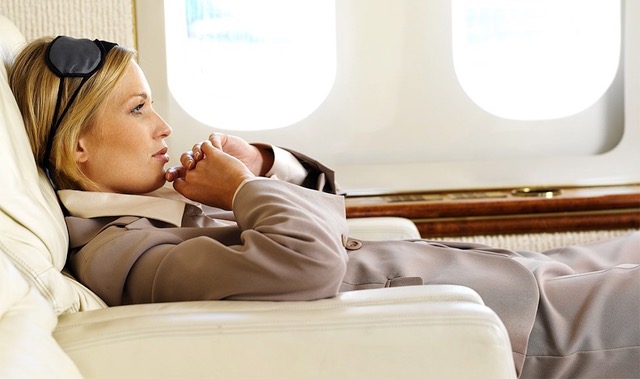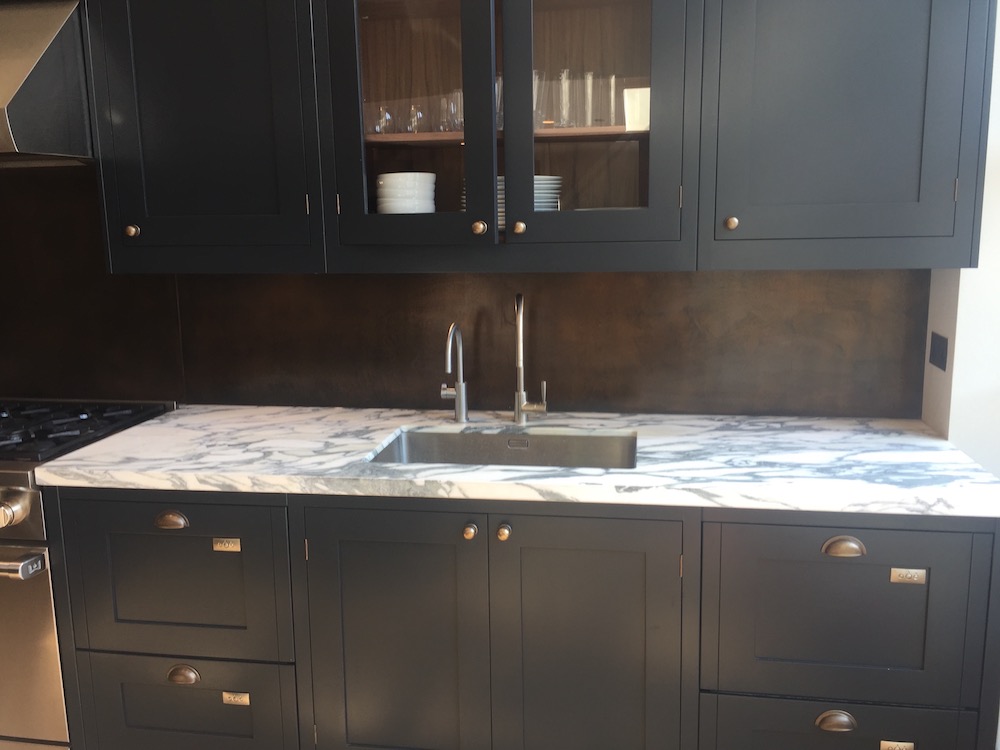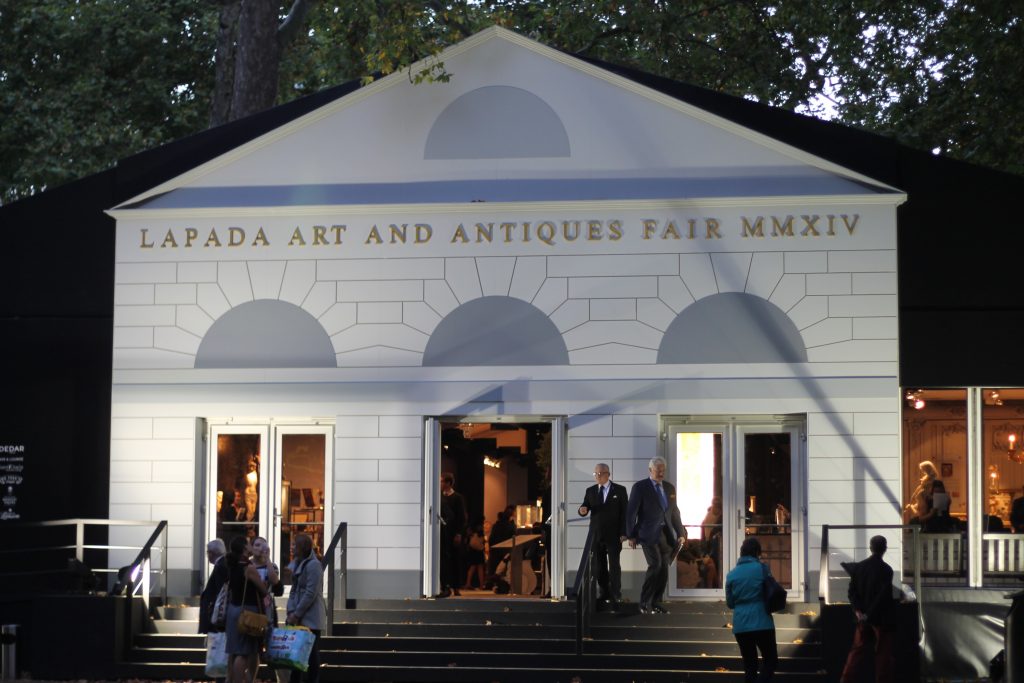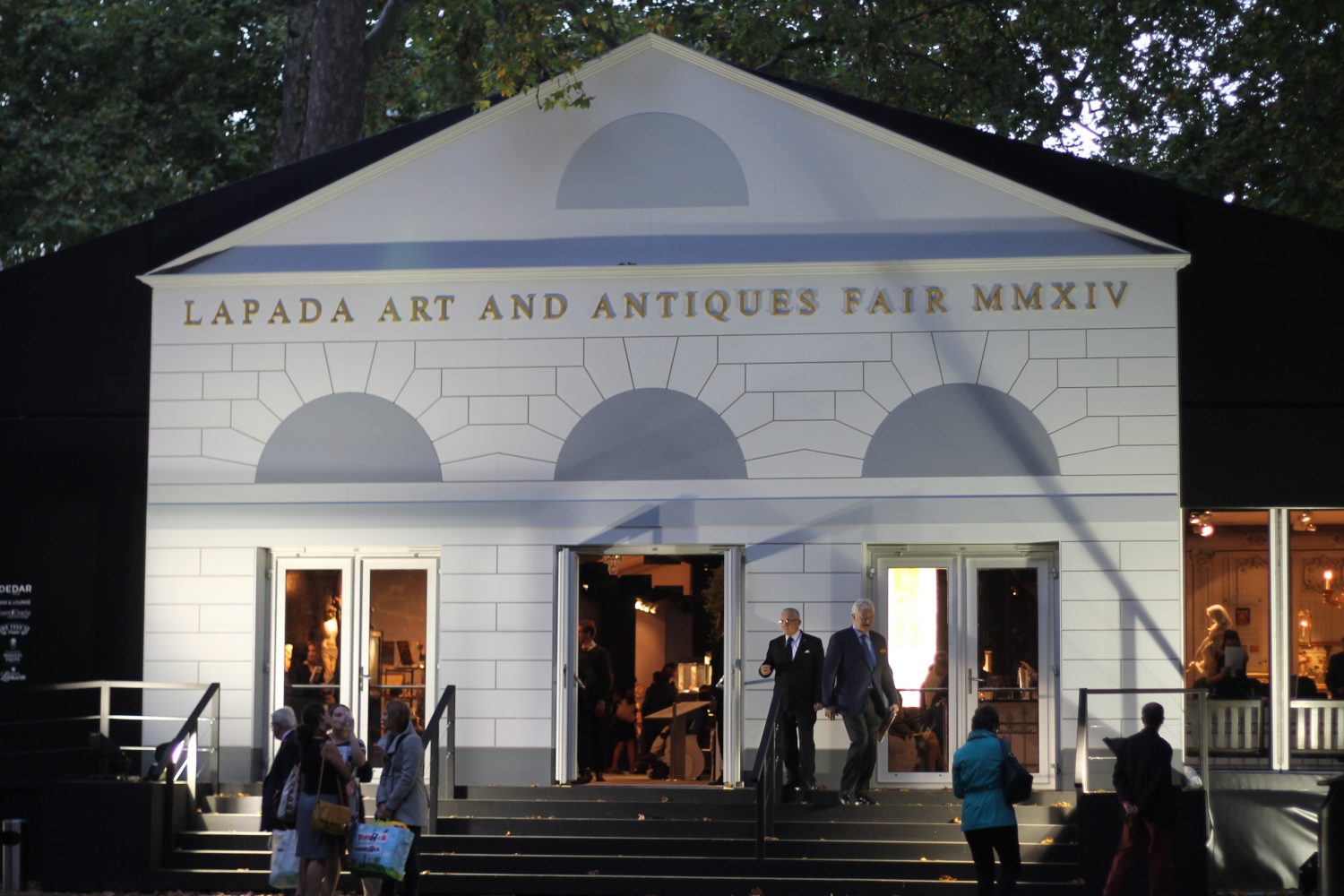
How To Prepare For The LAPADA Art & Antiques Fair
LAPADA Art & Antiques Fair is possibly the most glamorous antiques fair on the planet. Taking place in Mayfair’s Berkeley Square, it attracts a discerning international set, interested in acquiring one-of-a-kind antiques and fine art like no other. Whether you are attending the fair for the first or umpteenth time, the scale of the affair and excitement can make if you’re attending with the intention to buy.
Fortunately friends of Almost Essential have been there and done that at the LAPADA fair, so we’ve compiled a list five pieces of wisdom and five Almost Essential , who will make your visit to LAPADA a little easier.
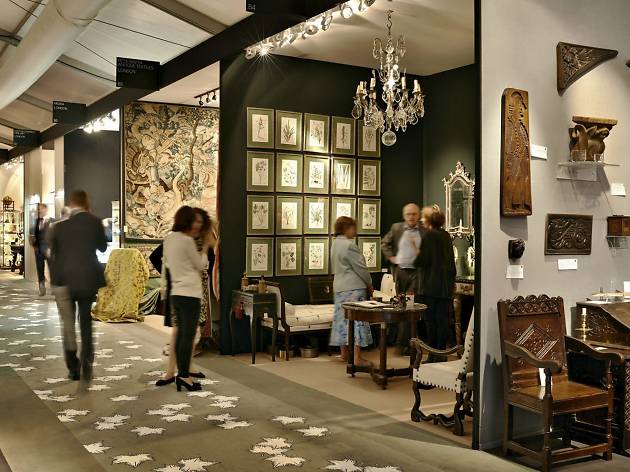
If you’re only just starting to build your personal collection, remember that your collection will only be as good as your education. Visiting museums and art galleries in the weeks leading up to the fair, will help familiarize yourself with different periods and styles. The internet, specifically LAS, can be a wonderful resource in discovering your personal tastes and even artists you didn’t know existed.
If you’re an established collector then almost the opposite is true. Be open minded and allow yourself to be drawn to different works. Before arriving it’s common to have your heart set on particular works from a particular section of the fair, but very often you’ll discover whole new areas of collecting before the day is out.
Buy what you love. If you’re buying it because you love it, it’s much easier. All you have to do is figure out if you can afford it, and if the price is something that you think is worth the passion you have for it. If you’re buying with an eye toward investment and you want it to actually have long-term value in the future, it’s a little bit more tricky.
Whether you are buying for profit or pleasure, you should always ask about the provenance of a piece. All the works at LAPADA are vetted for authenticity, but it’s important for you to know in order to value how much you’re willing to pay for that little piece of history. Furthermore, if you decide to add it to your collection, then knowing the provenance of each piece stokes interest and sparks conversations from those you later share it with.
Track your purchase. Building on the idea of provenance – there should be a clear, traceable path from artist to owner. This path should be be documented and if you decide to purchase on the say then be sure to save emails, invoices, and receipts. If you eventually want to valuate or sell a work, it’s important to have this documentation.
Expertise To Call On:
Art Expertise & Consultancy
Unlimited access to an ever-expanding library of online classes on a art.
Art Mover
Called upon by Museums and Galleries, Matt has twenty years experience in the transporting, handling and installing of fine art.
Art Restoration
International art fairs, galleries, auction houses, dealers and private collectors use Angelica’s team to accurately restore damaged works including Old Masters, Modern and Contemporary pieces.
Furniture Restoration
Whether you need to repair, French polish, gild…really anything to do furniture restoration and Jonathan is your man.
Art Hanging Specialists
Matt and his team have a vast knowledge in hanging delicate, fragile pictures, textiles and mirrors, on a wide range of surfaces.
